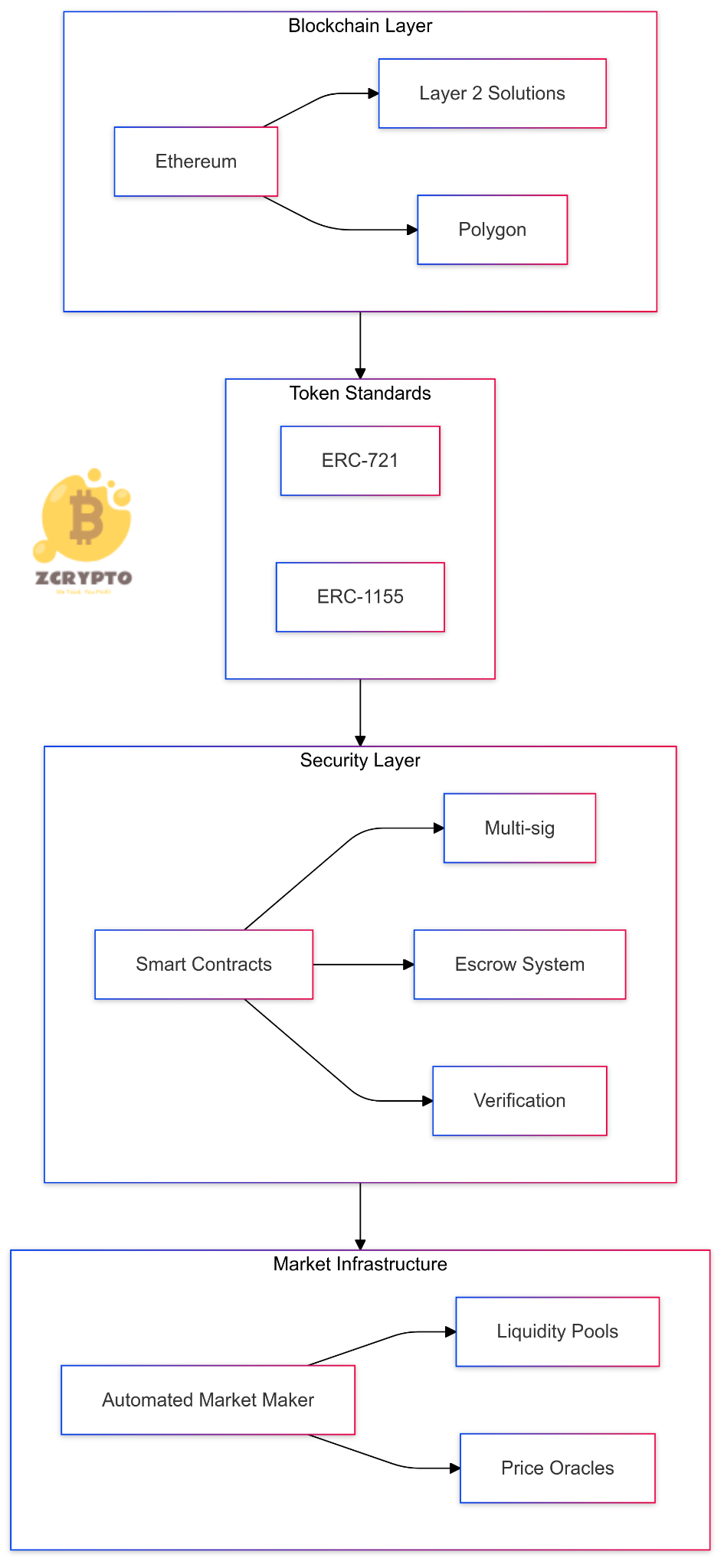What Are FANG/FAANG Stocks?
The acronyms FANG and FAANG stand for a group of highly influential technology companies:
-
Meta (formerly Facebook): A social media giant with billions of users worldwide.
-
Amazon: A diversified technology company leading in e-commerce, consumer electronics, and cloud computing.
-
Netflix: A subscription-based online streaming service known for its extensive library of films and TV shows.
-
Alphabet (Google): The parent company of Google, specializing in internet-based services such as search, email, and video sharing.
-
Apple: Added to form FAANG, Apple is a leader in consumer electronics and software.
These companies were initially grouped under the term FANG by Bob Lang and popularized by Jim Cramer due to their remarkable growth trajectories and significant market influence.
Market Dominance and Influence
The combined market capitalization of FAANG stocks is staggering, making them a substantial force in the global financial market. These companies collectively account for a significant portion of the S&P 500 Index’s total market capitalization. For instance, as of recent data, FAANG stocks have been responsible for a considerable percentage of the S&P 500’s gains over several years.
The volatility in FAANG stocks can have a ripple effect on the overall performance of the S&P 500. When these stocks perform well, they can drive up the index; conversely, when they experience downturns, it can pull down the entire index. This influence underscores their critical role in shaping market trends.
Statistically speaking, FAANG companies have consistently shown remarkable market capitalization figures. For example, Apple alone has a market cap that rivals some entire countries’ GDPs. This scale of influence is unparalleled in modern financial history.
Financial Performance and Growth
Each FAANG company boasts impressive financial metrics that highlight their dominance:
-
Meta: Reported revenues of $149.8 billion and net income of $51.4 billion in recent years.
-
Amazon: Achieved revenues of $590.7 billion and net income of $37.7 billion.
-
Netflix: While not as large in terms of revenue compared to others, it has seen consistent growth in subscriber numbers and revenue streams.
-
Alphabet (Google): Demonstrated strong financials with significant revenues from advertising and other services.
-
Apple: Known for its high-margin products like iPhones and Macs, contributing to its robust financial performance.
When comparing the growth of FAANG stocks over the years, it becomes clear that they have outperformed many other investment options such as cash, bonds, and other equities. Their ability to innovate and expand into new markets has driven this superior performance.
Business Models and Operational Success
Each FAANG company operates with a distinct business model that contributes to their success:
-
Meta: Dominates online social media through platforms like Facebook and Instagram, generating significant revenue from online advertisements.
-
Amazon: Diversified across e-commerce, consumer electronics (e.g., Echo smart speakers), cloud computing (AWS), making it a powerhouse in multiple sectors.
-
Netflix: Focuses on subscription-based streaming services with an emphasis on original content production.
-
Alphabet (Google): Offers a wide range of internet-based services including search engines, email services (Gmail), video sharing platforms (YouTube), and productivity tools (Google Workspace).
-
Apple: Excels in consumer electronics with products like iPhones, Macs, iPads, along with software services such as iCloud.
Their operational success is evident from their vast user bases:
-
Meta has billions of active users across its platforms.
-
Amazon’s e-commerce platform is one of the largest globally.
-
Netflix boasts over 200 million subscribers worldwide.
-
Alphabet’s Google Search engine processes billions of queries daily.
-
Apple’s ecosystem ensures loyalty among its customer base.
Investment Considerations and Risks
Investing in FAANG stocks can be highly attractive due to their stability and superior rates of return compared to other investment options. Here are some key considerations:
Attractiveness
-
These companies have historically provided stable returns due to their strong financials and market dominance.
-
They are often seen as safe havens during economic downturns because of their robust business models.
Risks
-
There are concerns about overvaluation; some analysts argue that these stocks may be priced too high relative to their earnings.
-
The potential for a market bubble exists if investors become overly optimistic about future growth without corresponding earnings.
How to Invest
Investors can directly trade these stocks or opt for tech-heavy ETFs that include FAANG companies. This diversification can help mitigate risks while still benefiting from the growth potential of these tech giants.
Comparative Performance and Historical Context
When comparing the performance of FAANG stocks against other investment options over the years, it’s clear they have outperformed many asset classes:
-
Historically speaking, during periods like the post-2008 financial recession or during times of economic uncertainty, growth stocks like those in FAANG have shown resilience.
-
In contrast to traditional asset classes such as bonds or real estate investments which may offer lower returns but higher stability.
The tech bubble of the late 1990s serves as an important historical context; while some tech companies collapsed during this period due to overvaluation without corresponding earnings growth, today’s FAANG companies are fundamentally different with strong revenue streams and diversified business models.




